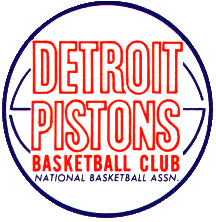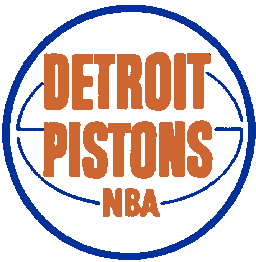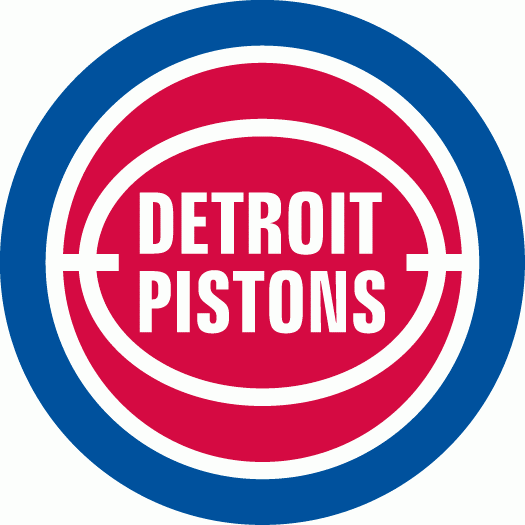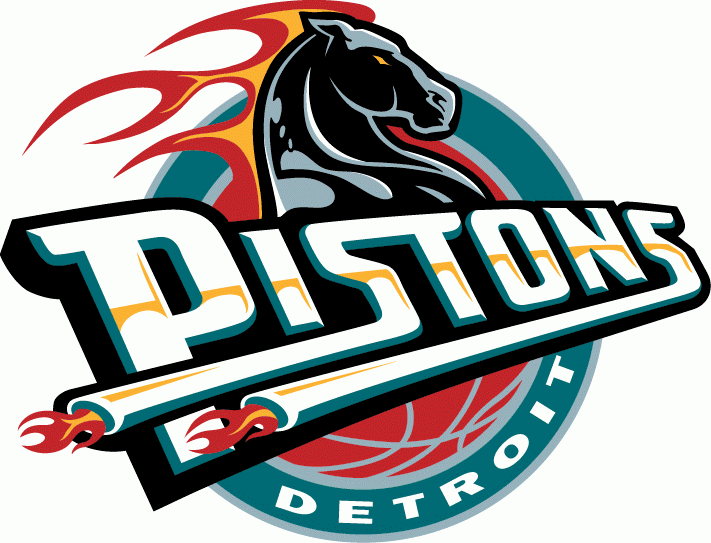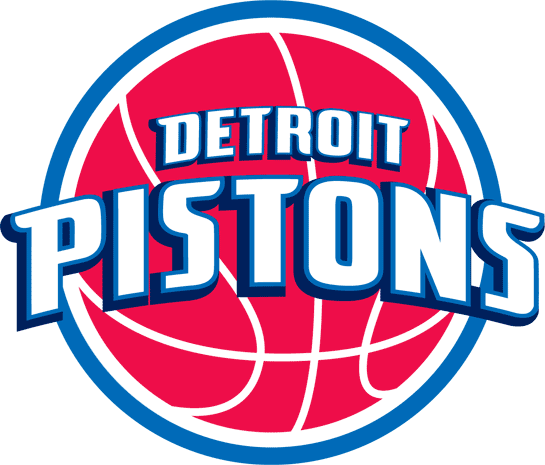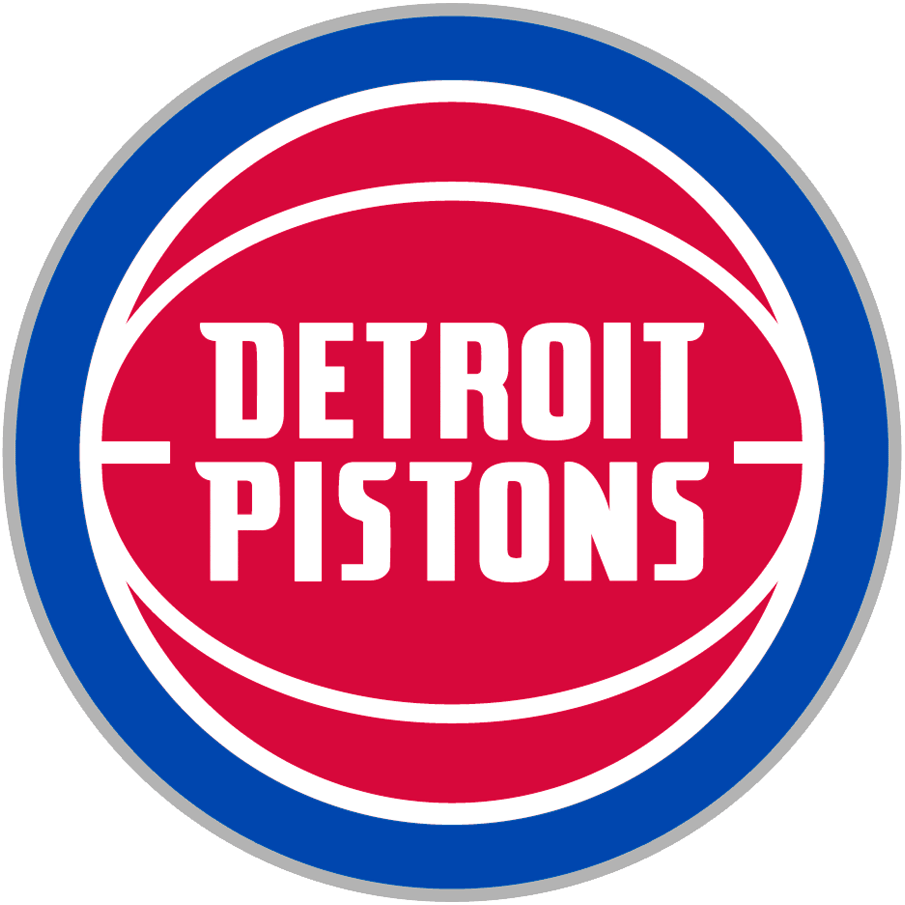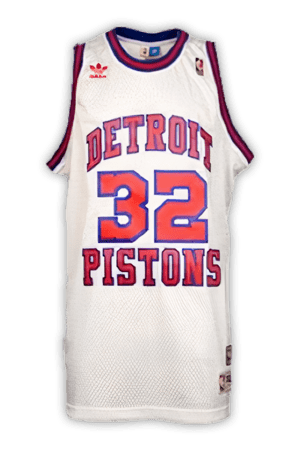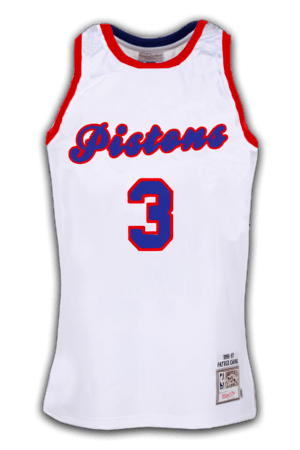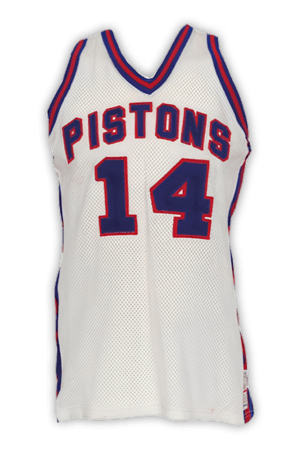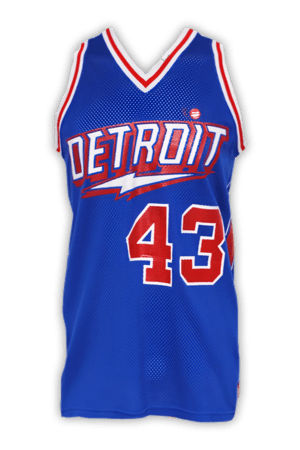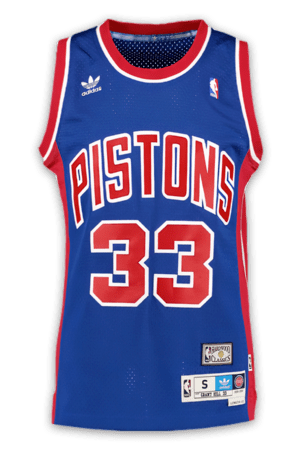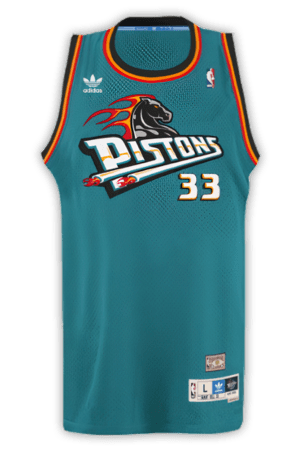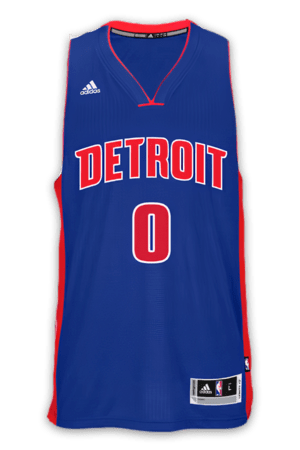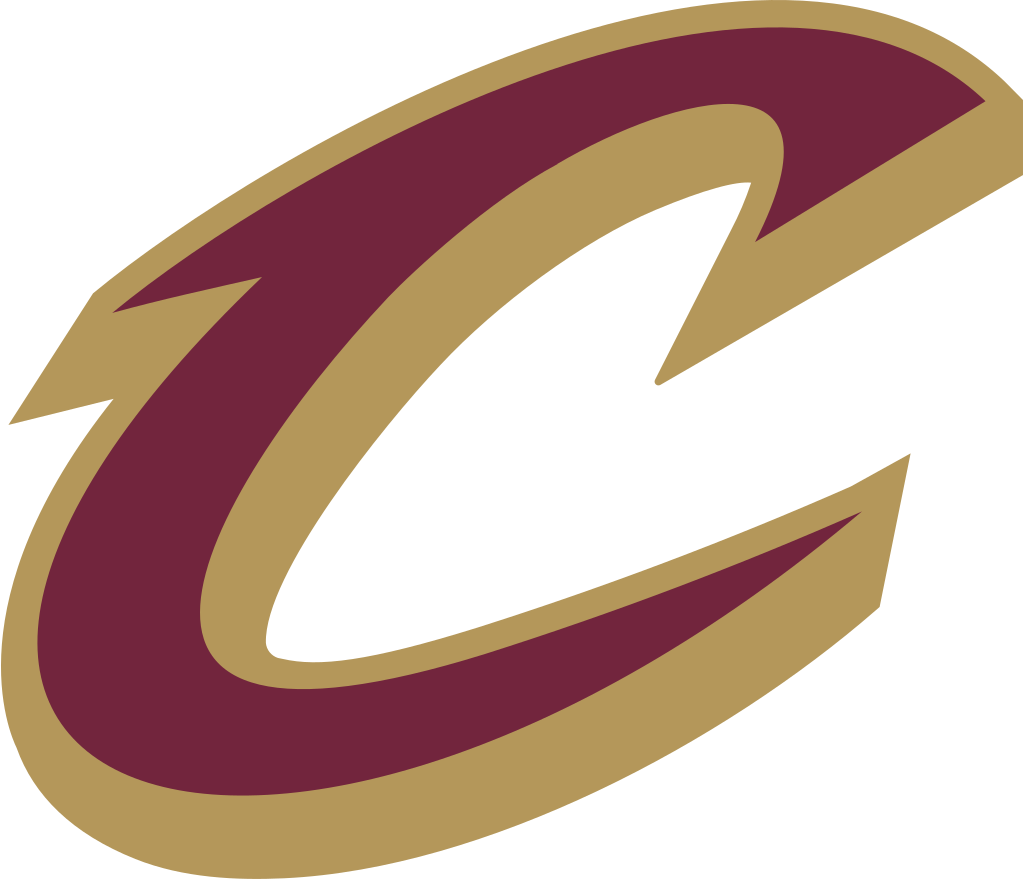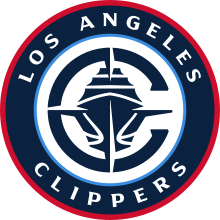
The Origins & History of Every NBA Team
The Origins & History of Every NBA Team
With over seven decades of history, chances are there’s probably a lot you don’t know about the National Basketball Association and its 30 teams. Did you know that the Los Angeles Lakers once called Minnesota home? What about the fact that the Boston Celtics have had 24 players inducted into the Naismith Memorial Basketball Hall of Fame? How about that the Los Angeles Clippers are supposedly cursed?
We’re diving deep into the history of every single current NBA team. You’re going to learn about how the teams came to be who they are today, including how the franchise was created, relocations to new cities, unexpected name changes and evolutions of jerseys and logos.
You’ll find out where your favorite stars hit the court in their home cities, accolades each team brought home and teams that have a solid representation in the Hall of Fame.
So, what do you actually know about the NBA? Let’s find out!

